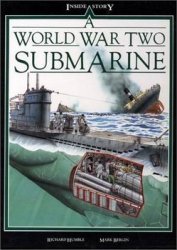In the early 1890s, a group of modern Viking ship enthusiasts constructed a replica of the Gokstad ship, a medieval vessel discovered a few years earlier. They named the replica the Viking and sailed it across the Atlantic Ocean. The ship's captain, Magnus Anderson, later wrote:
We often had the pleasure of darting through the water at speeds of 10 and sometimes even 11 knots [11.5 to 12.6 miles per hour]. Whether the old Norsemen used their ships in the same way as this is hard to say, but it does not seem unlikely that they used the ships for all they were worth. It seems absolutely certain that in those days too they wished to travel as fast as possible. Why else should they have taken the trouble to improve the structure until it was so perfect that not even the shipbuilders of our time can do better as far as the ship's bottom is concerned. The fact is that the finest merchant-ships of our day. . . have practically the same type of bottom as the Viking ships.
Quoted in David M. Wilson, The Vikings and Their Origins. London: Thames and Hudson, 2001, p. 78.
Having defeated Olaf's fleet and taken ah his ships, boarded his flagship, the Serpent, and attempted to capture the king:
Now the fight became hot indeed, and many men fell on board the Serpent____So many men of the Serpent
Had fallen, that the ship's sides were in many places quite bare of defenders; and the earl's men poured in ah around into the vessel, and all the men who were still able to defend the ship crowded aft to the king, and arrayed themselves for his defense. [One witness recalled that] the gallant few of Olaf's crew must take refuge on the quarter-deck. Around the king they stand in [a] ring. Their shields enclose the king from foes, and the few who still remain fight madly, but in vain.38
Such maritime encounters among the Norse proved to be the height of naval warfare in Europe's early medieval era. It was not until well after the close of the Viking Age that the advent of naval artillery (cannons aboard ships) made sea battles more destructive and lethal.




 World History
World History









